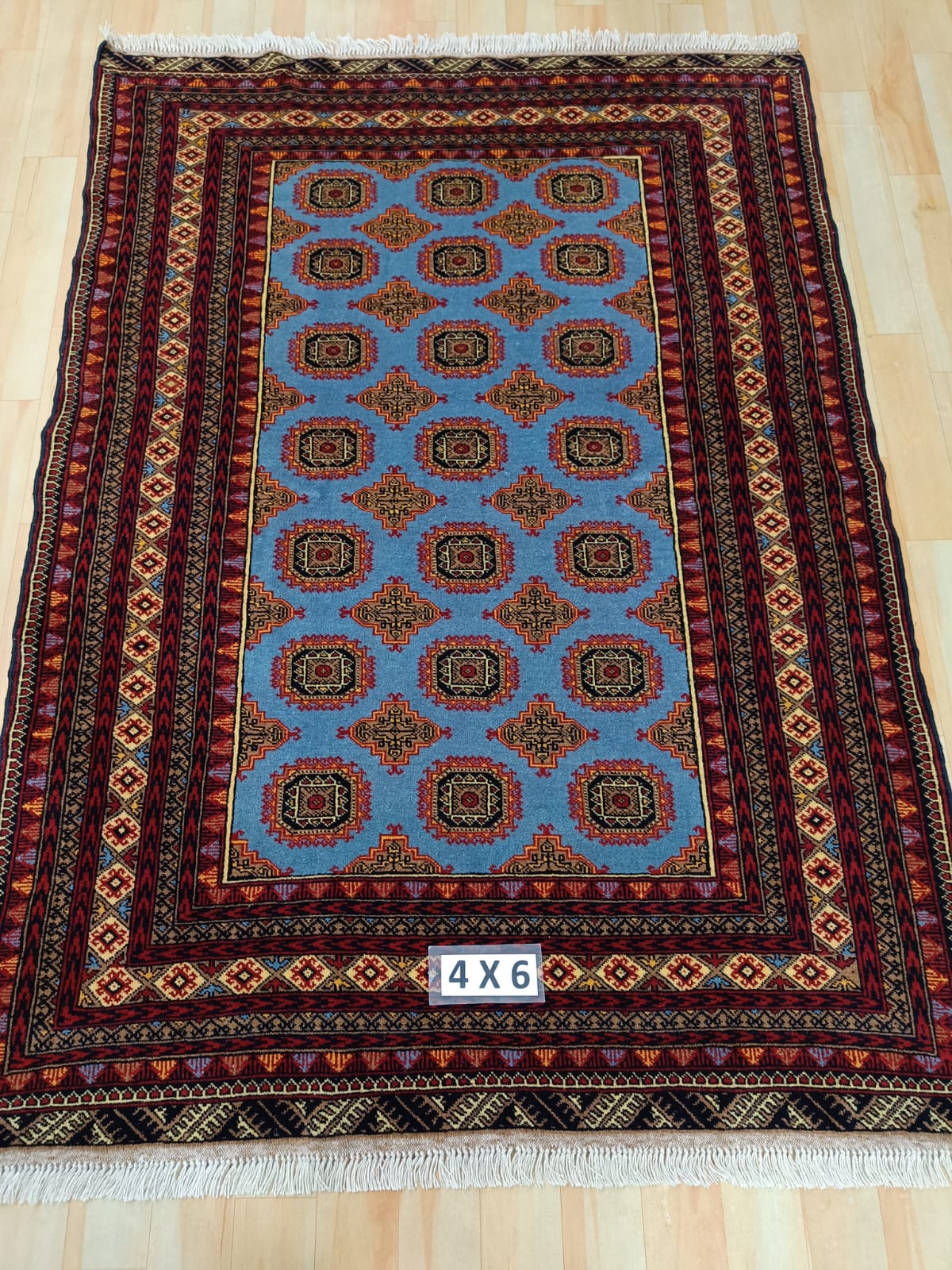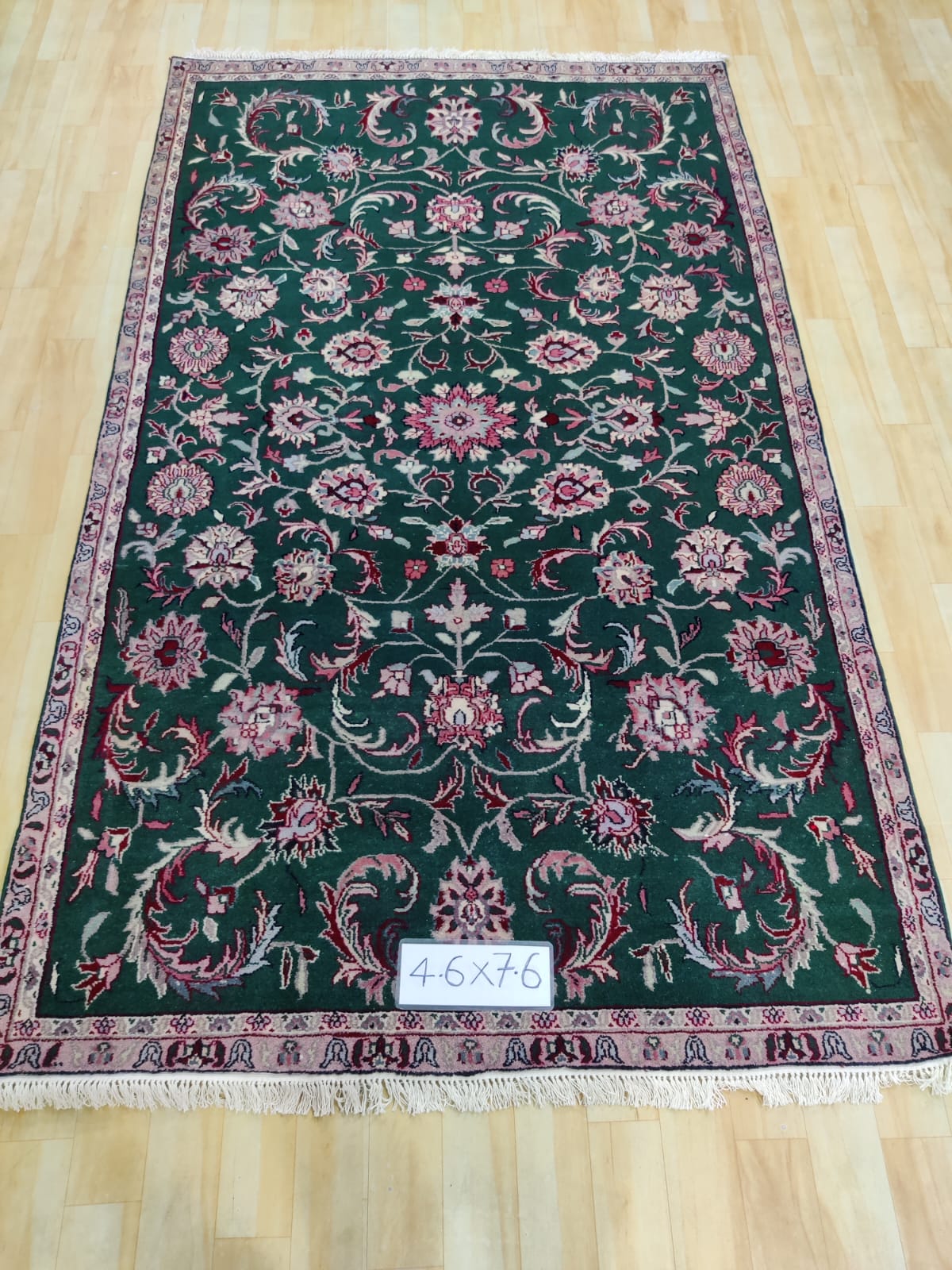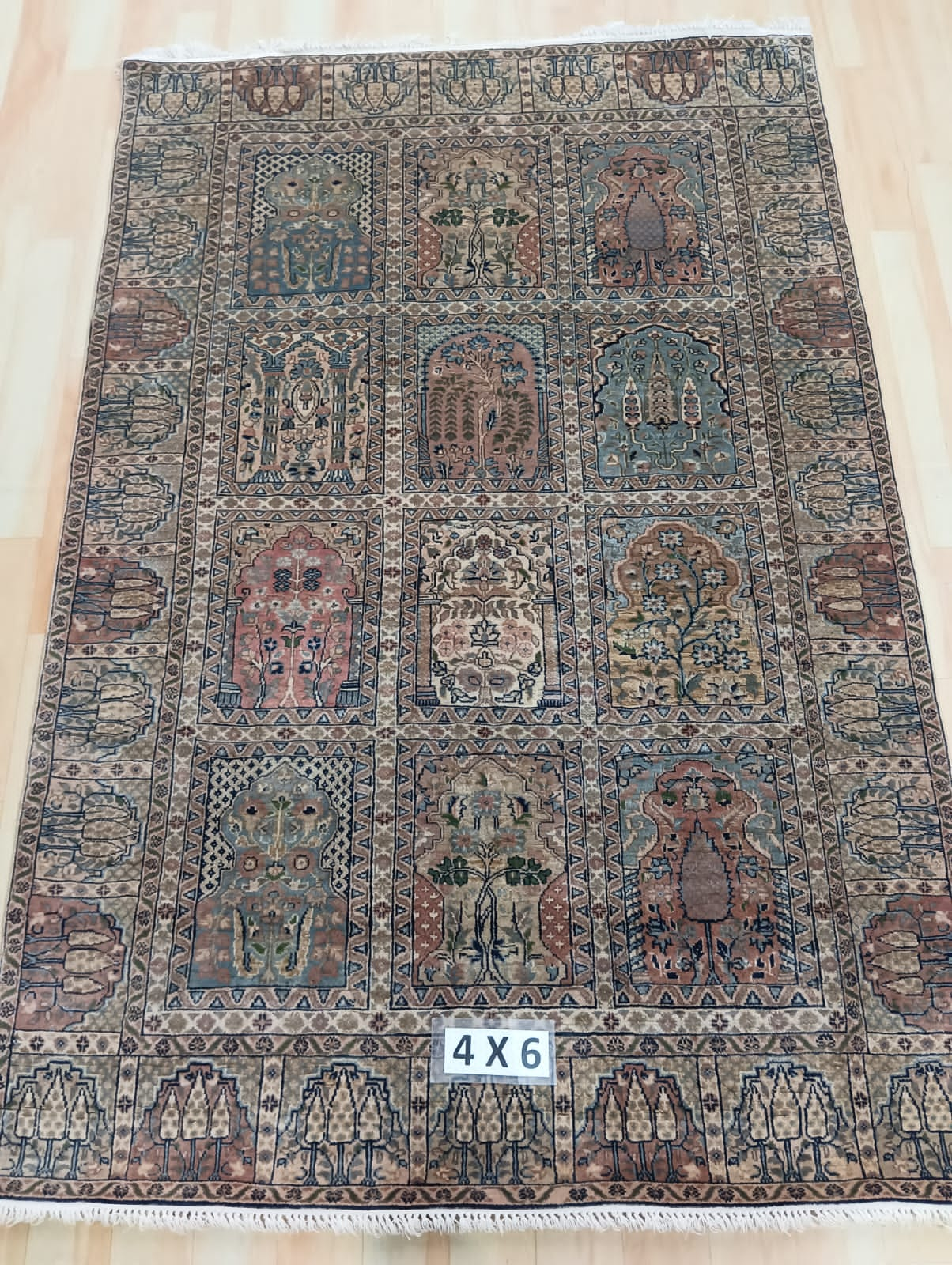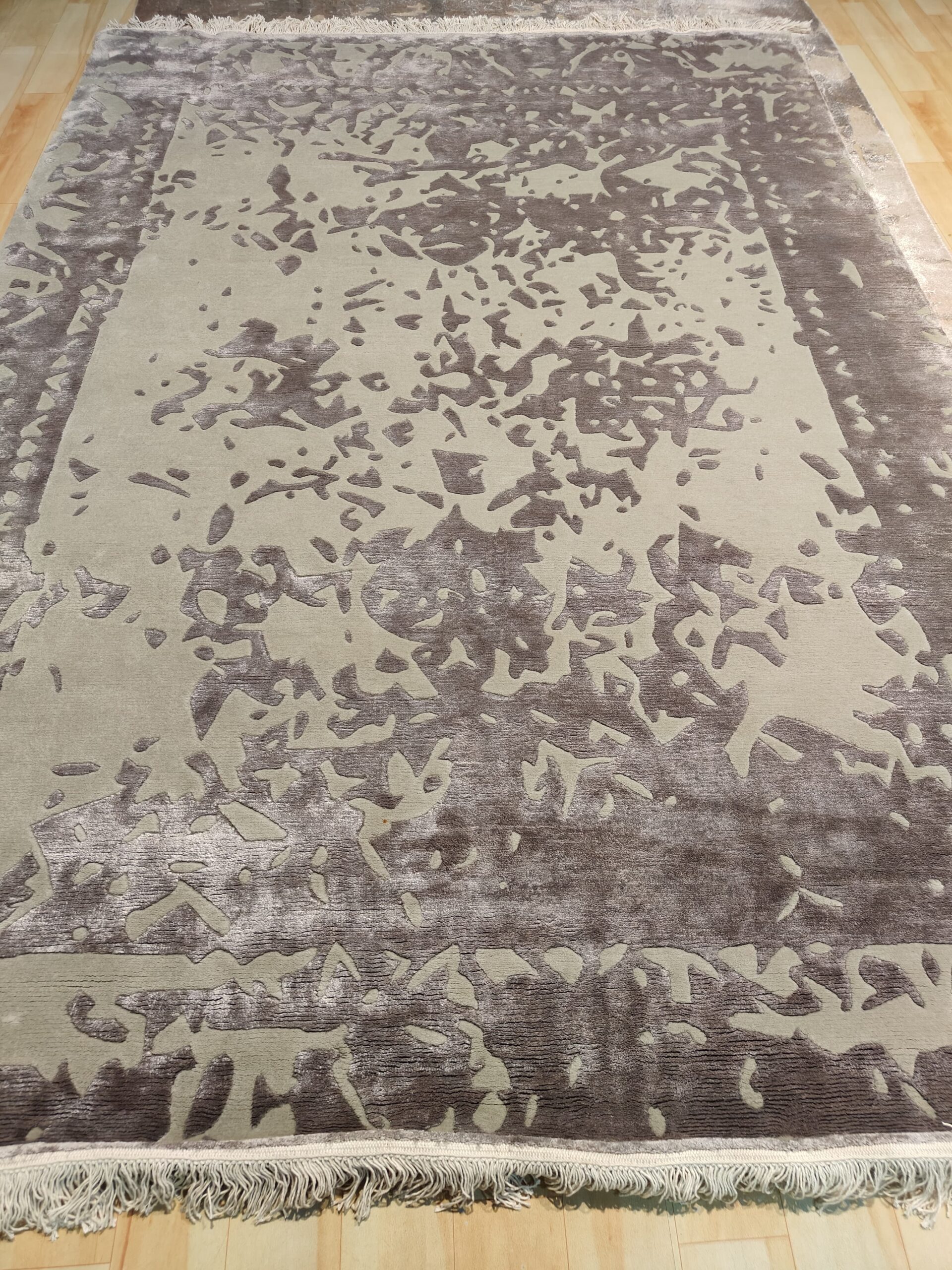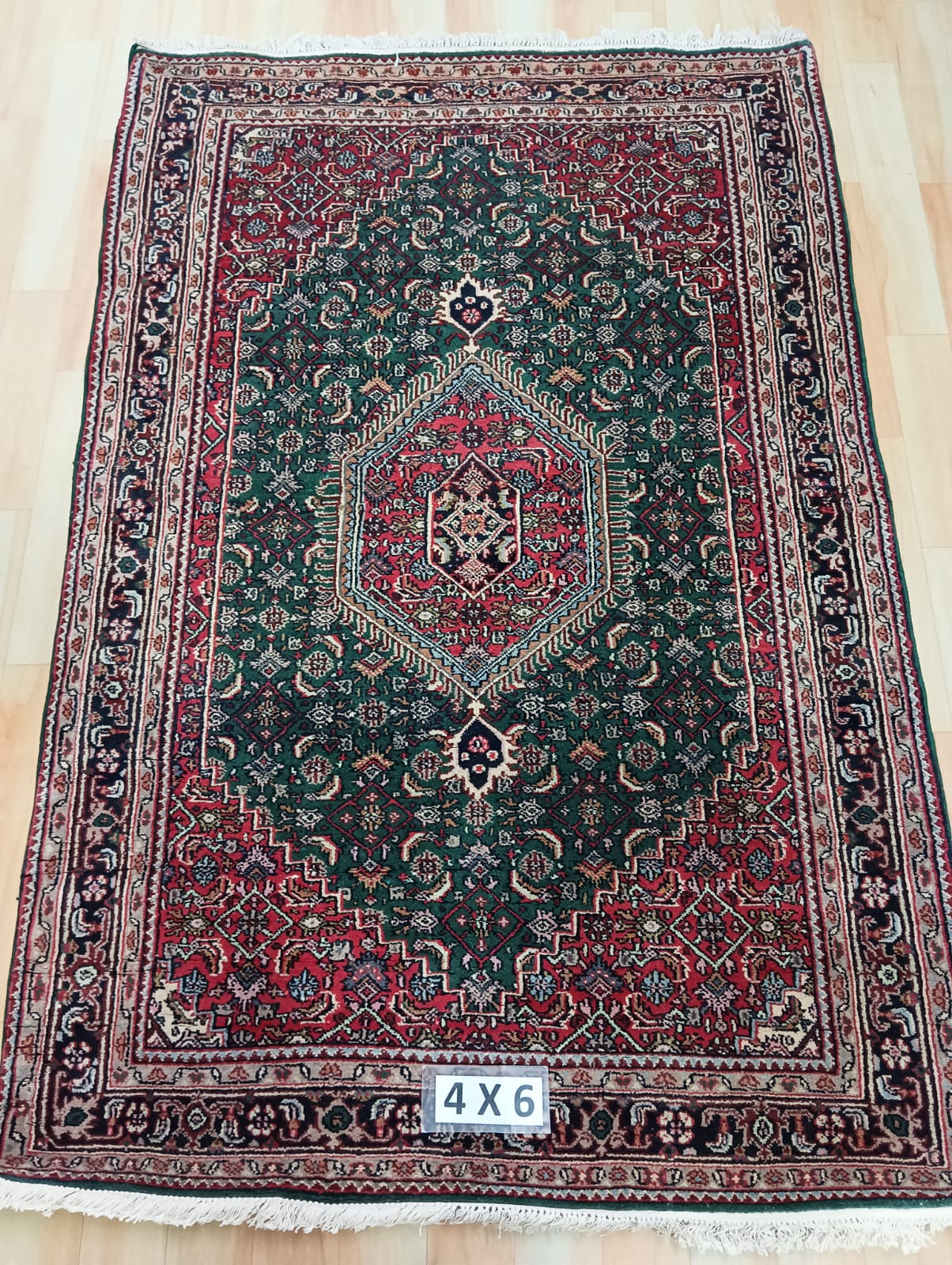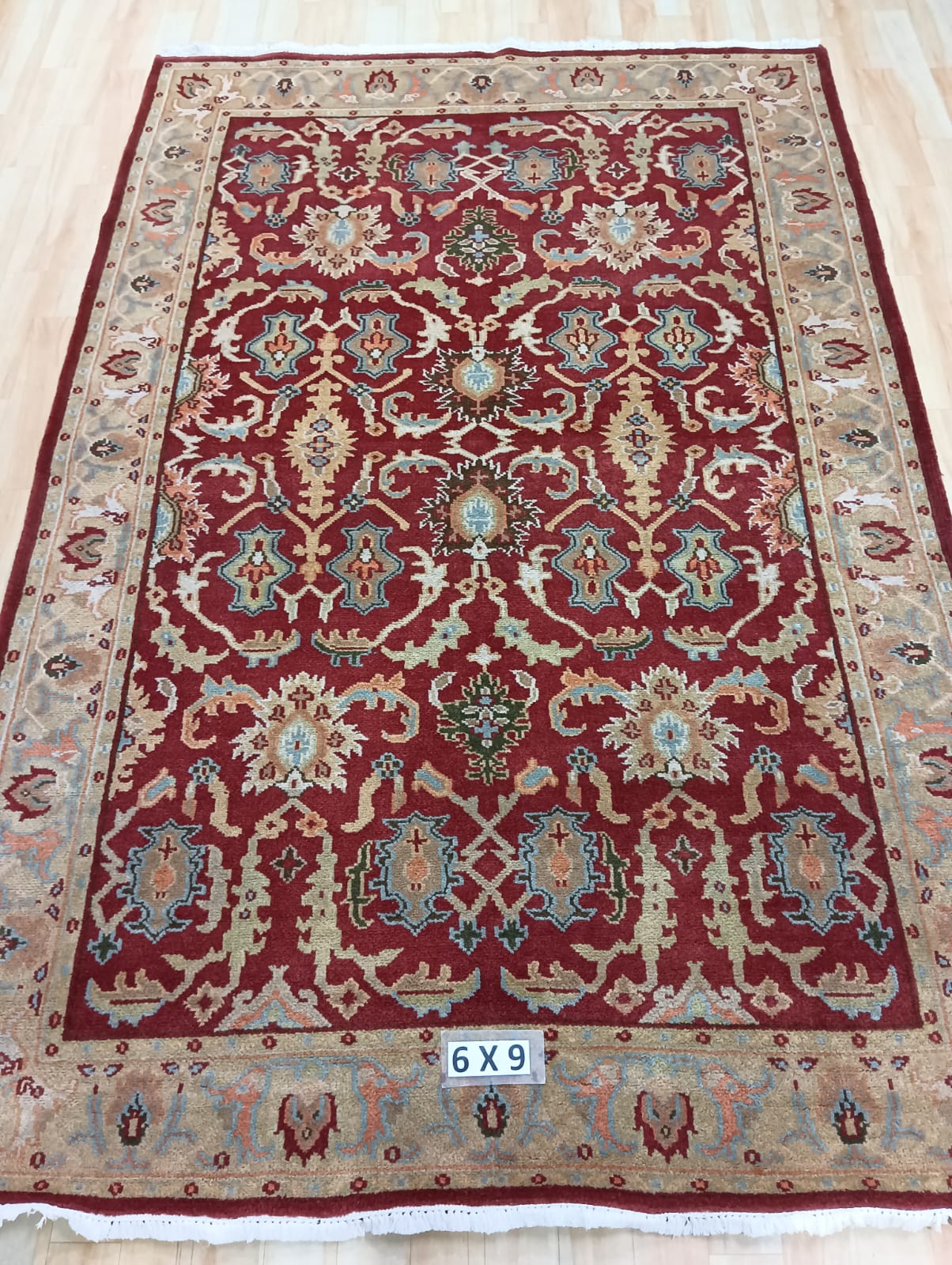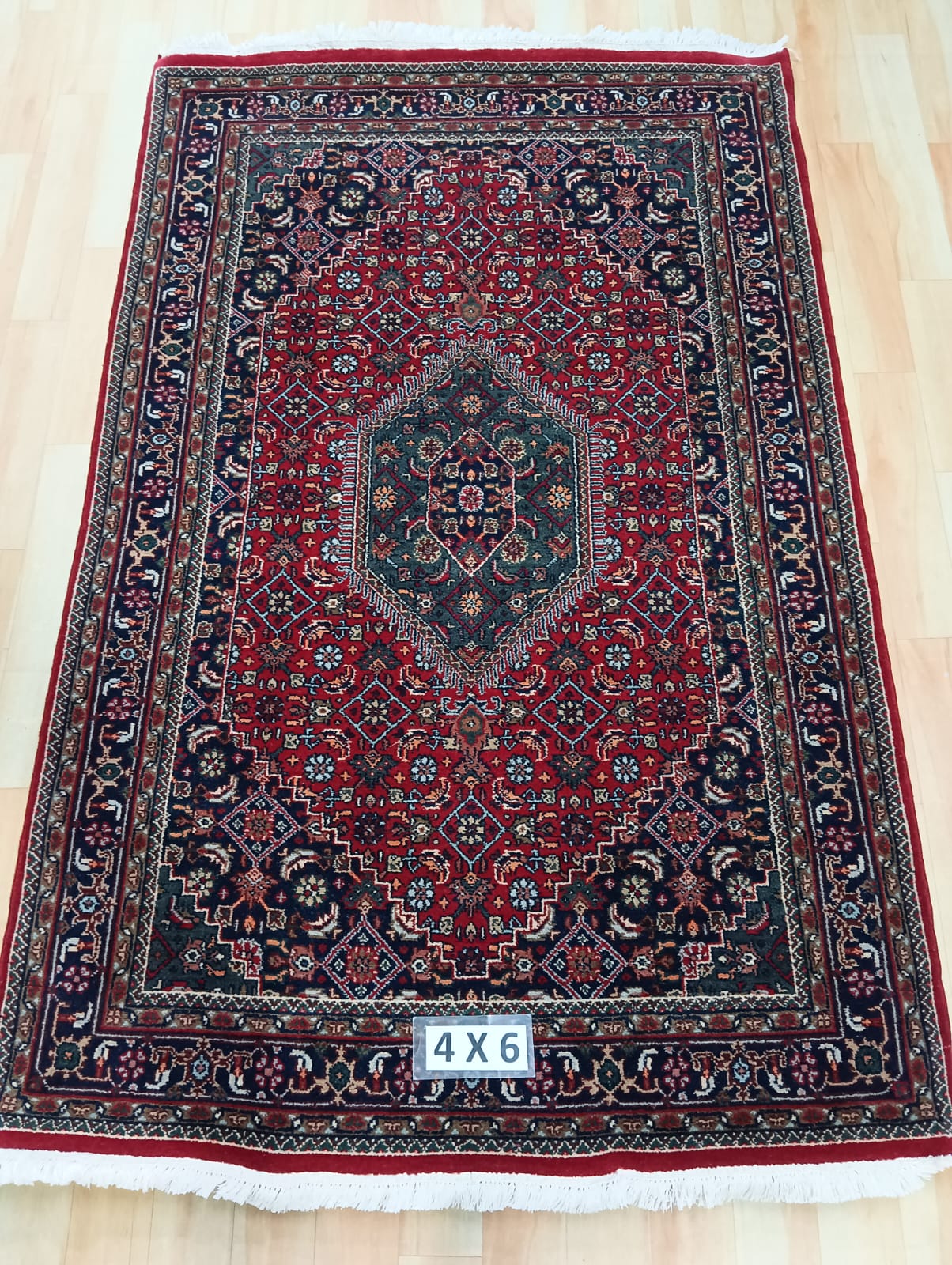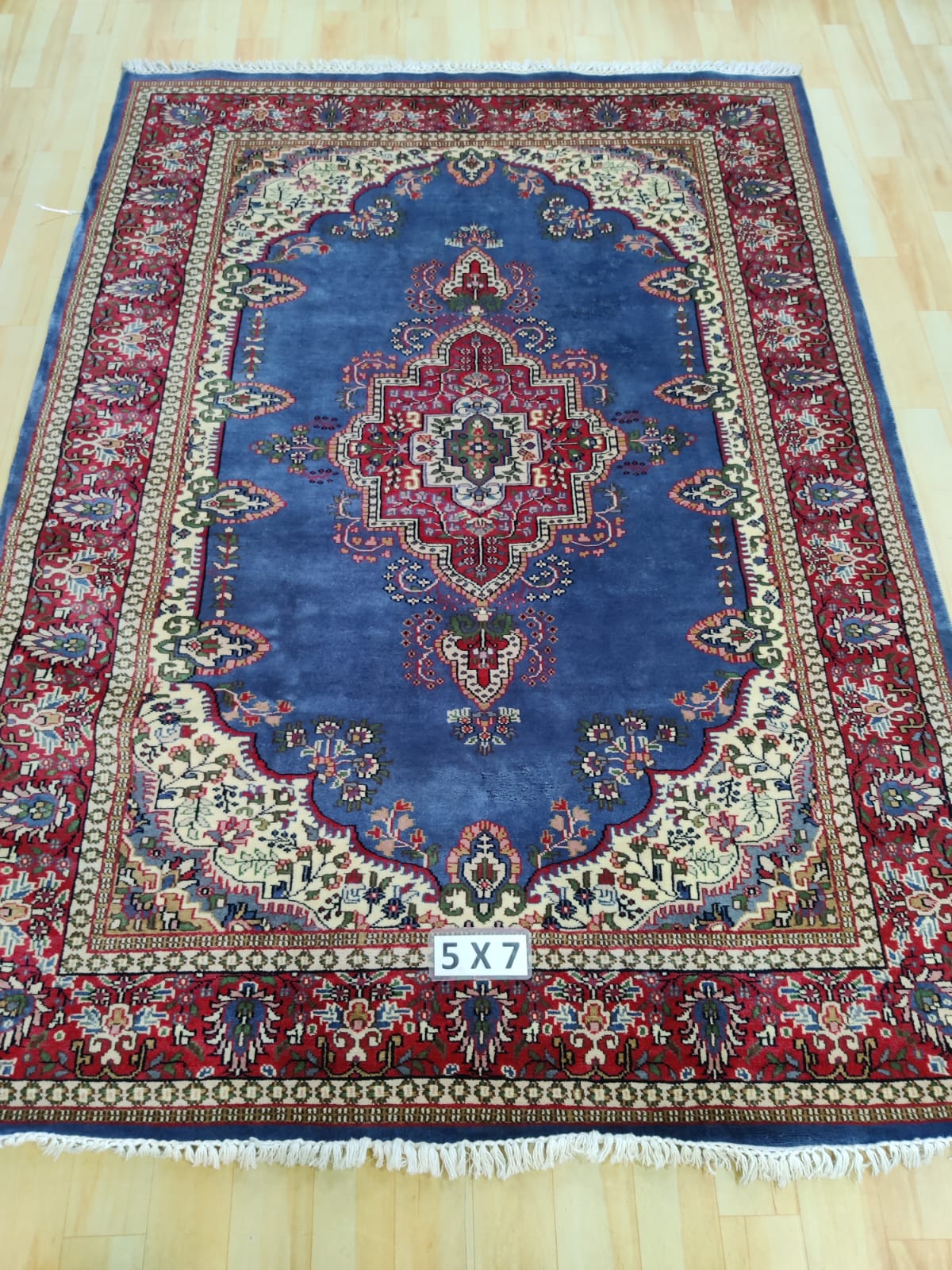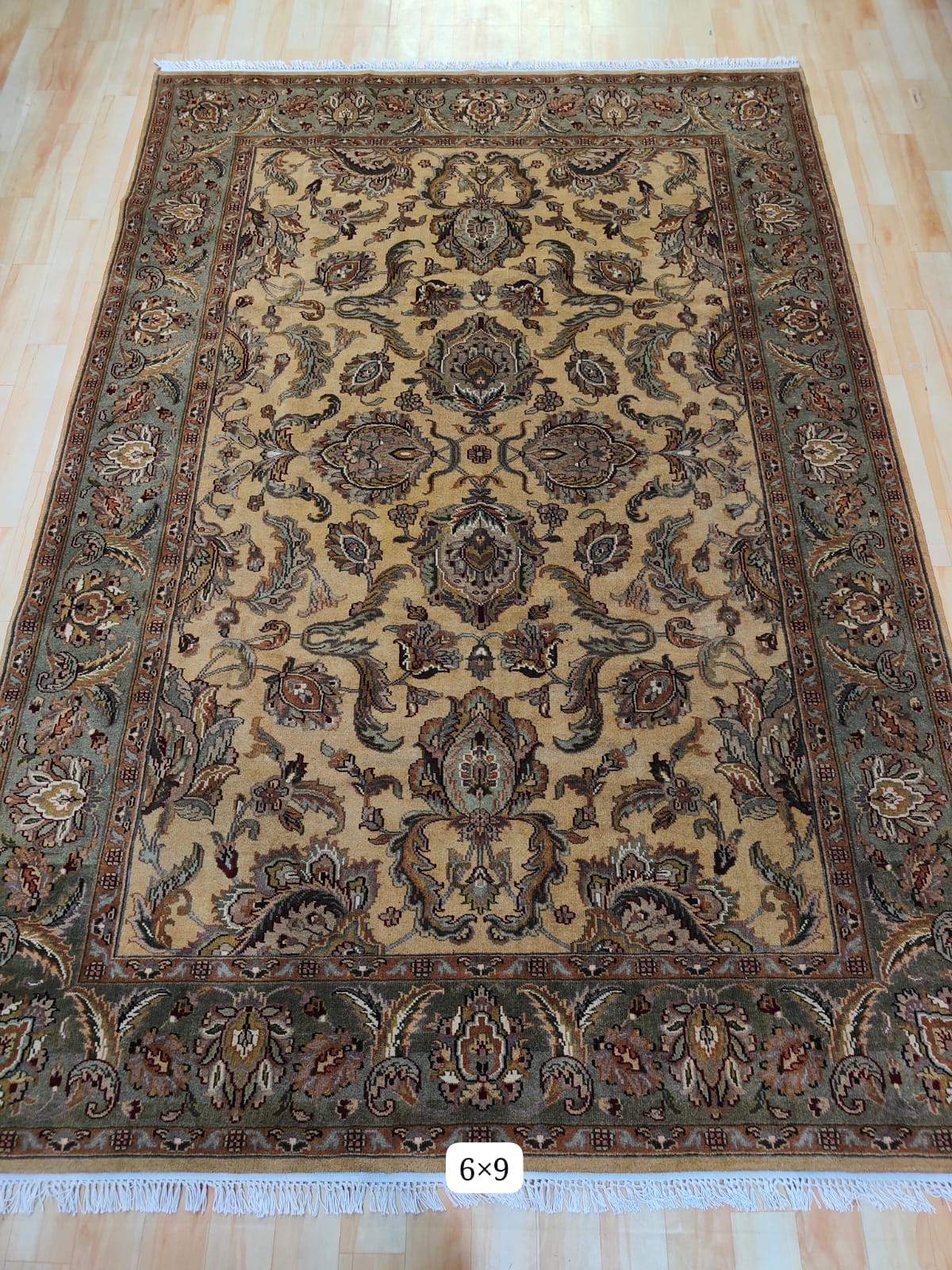Hand-Knotted Woolen Carpets from Bhadohi and Jaipur
Hand-knotted woolen carpets are a testament to artistic craftsmanship and cultural heritage. Two prominent regions in India known for these exquisite creations are Bhadohi and Jaipur. Each region boasts distinct styles and techniques that reflect its unique history and tradition.
## Bhadohi Carpets
Bhadohi, a small town in Uttar Pradesh, is often referred to as the “Carpet City of India.” The carpets produced here are renowned for their intricate designs and superior quality.
# Characteristics
– *Intricate Designs**: Bhadohi carpets often feature complex geometric patterns and traditional motifs, including floral and paisley designs.
– **Color Palette**: The color schemes range from vibrant to subtle earthy tones, often using natural dyes.
– **Material**: These carpets are primarily made from high-quality wool, sometimes blended with silk to add sheen and texture.
### Craftsmanship
The artisans in Bhadohi employ age-old techniques passed down through generations. The process involves:
1. **Designing**: Creating a detailed pattern on graph paper or digitally.
2. **Dyeing**: Using natural or synthetic dyes to achieve the desired colors.
3. **Weaving**: Knotting each strand of wool by hand onto a loom, a process that can take months depending on the size and complexity.
4. **Finishing**: Trimming and washing the carpet to bring out the colors and ensure durability.
## Jaipur Carpets
Jaipur, the capital of Rajasthan, is another hub for hand-knotted carpets, known for its royal heritage and artistic flair.
### Characteristics
– **Artistic Patterns**: Jaipur carpets often showcase intricate floral and nature-inspired designs, influenced by Mughal art.
– **Colors**: These carpets are known for rich, deep hues, incorporating reds, blues, and golds.
– **Material**: Wool is predominantly used, with occasional incorporation of silk for a touch of luxury.
### Craftsmanship
Jaipur’s carpet-making process is meticulous and detail-oriented:
1. **Design Creation**: Inspired by traditional Rajasthani motifs and Mughal influences.
2. **Dyeing**: Using vibrant dyes that enhance the intricate patterns.
3. **Weaving**: Skilled artisans meticulously hand-knot each carpet, ensuring precision and uniformity.
4. **Finishing Touches**: The carpets undergo a rigorous process of washing, drying, and trimming to enhance their beauty and longevity.
## Conclusion
Both Bhadohi and Jaipur hand-knotted woolen carpets are more than just floor coverings; they are pieces of art that embody cultural narratives and artistic expression. Whether you prefer the geometric sophistication of Bhadohi or the regal elegance of Jaipur, each carpet tells a story that adds warmth and character to any space. Investing in these carpets not only supports traditional crafts but also brings a piece of India’s rich heritage into your home.
